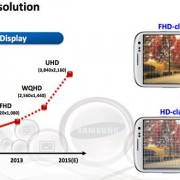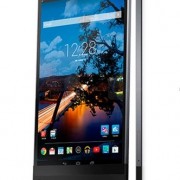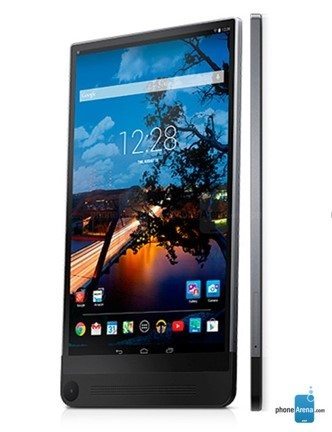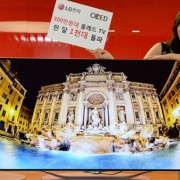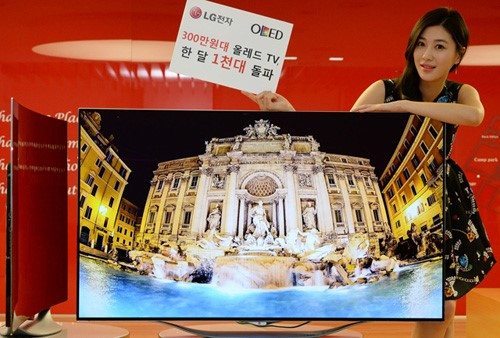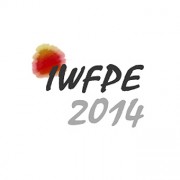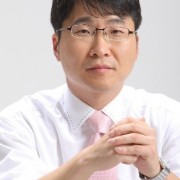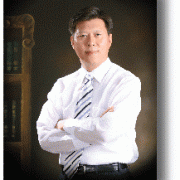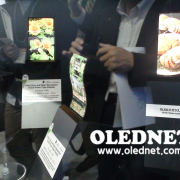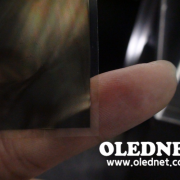
Korean researchers have developed the highly efficient florescent organic light-emitting device which enables to enhance the efficiency more than three times and is receiving much attention as the next generation display.
This research by the Prof. Jun Yeob Lee, the Ph.D. candidate/researcher Yong Joo Cho (the 1st author) and the Prof. Kyoung Soo Yook from the Department of Polymer Science and Engineering at Dankook University was supported by the Mid-career Researcher Program funded by the Ministry of Science, ICT and Future Planning and the National Research Foundation of Korea as well as the General Researcher Program funded by the Minister of Education and the National Research Foundation of Korea, and the research results were published on the Advanced Materials which is the international journal covering materials science on the 15th October. (Paper Title: High Efficiency in a Solution-Processed Thermally Activated Delayed-Fluorescence Device Using a Delayed-Fluorescence Emitting Material with Improved Solubility)
Using the solution processing, it is expected to ease and simplify the process of producing the organic light-emitting device as the large area compared to the existing vacuum deposition plating.
However the problem is that when a device is produced through the solution processing using the existing fluorescent emitting material, the efficiency (external quantum efficiency) is only 5%. This is much less than the 20% which is the efficiency when produced by the vacuum deposition plating process.
The research team developed the high efficiency fluorescent organic light-emitting device, improved three times more than the previous fluorescent device for the solution processing. Compared to the existing structure, a solubility was increased by introducing the alkyl group as a substituent. Furthermore, the Donor-Acceptor Structure was employed to realize high efficiency by inducing delayed fluorescence phenomenon.
It is anticipated to advance the commercialization of a large scale organic light-emitting device for the enlargement of a future display.
The decrease of efficiency issue was resolved by making the surface film coating of a device smooth through the development of a new fluorescent light-emitting material which is soluble in organic solvents.
And introducing the strong Donor – Acceptor structure, it was possible to improve the efficiency as drawing delayed fluorescence phenomenon. The Donor – Acceptor structure refers to a monomer composed of an entity that donates electrons to another compound and that accepts electrons transferred from another compound.
Professor Lee revealed that “The following research will be continued to commercialize the solution processed fluorescent organic light-emitting device by developing a new material to improve not only the efficiency but also the lifespan of a device and a device structure appropriate for a solution processing.”
reporter@olednet.co.kr


